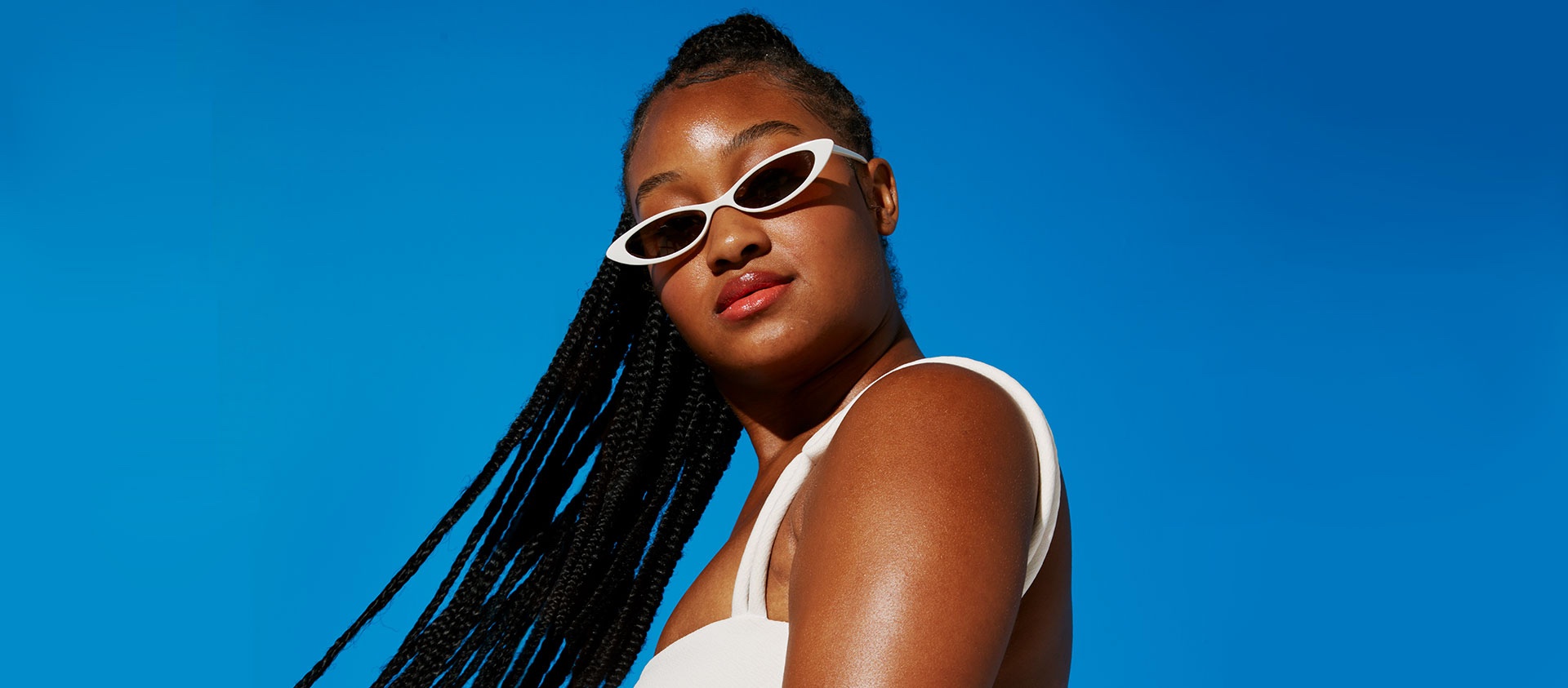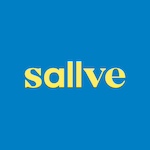Sallve
How improving performance attribution helped Sallve lower acquisition costs and boost ROAS on TikTok


The Objective
How much return does TikTok really bring?
Sallve entered the Brazilian market in 2018, and its colorful packaging with innovative products quickly won over local customers. This same spirit of innovation that drives their new launches also helped the brand stand out on TikTok, where it jumped in to strengthen its sales strategy.
But the company had a significant challenge ahead in attribution and measurement.
Through various analyses, Sallve was confident that TikTok was indeed helping boost sales. However, the last-click attribution model used in their analytics platform suggested otherwise and barely recognized any revenue from ads on our platform. This was a problem affecting all top- and mid-funnel strategies, underestimating their true impact on sales.
Yet, the brand knew that this picture was far from the reality. Attribution models like this fail to identify 79% of TikTok-driven purchases, according to a recent study.(1) So, how to overcome this limitation and start using the marketing budget more effectively?
The Solution
A measurement glow-up
Sallve wasn’t new to measurement on TikTok. The brand was already using incremental studies, so it knew well that the impact of our platform was underestimated by the last-click attribution model. To tackle lingering limitations, it sought support from one of our measurement specialist partners: Fospha.
Fospha introduced Sallve to a third essential component to complete its measurement strategy: a full-funnel marketing attribution platform that respects privacy and combines multi-touch attribution (MTA) for clicks with Media Mix Modeling (MMM) to give credit to impressions.
Our partner's solution was key in providing Sallve with a clearer view of each channel's contribution, including TikTok, to revenue generation. Through it, Sallve saw that the impact was much greater than what last-click attribution had shown. The analytics platform had only identified 4% of the revenue generated by Sallve's ads here. According to Fospha's methodology, this meant that the ROAS attributed to TikTok was 24 times higher than what last-click measurement had indicated.
These findings, along with regular data monitoring through Fospha's platform, were also essential in giving Sallve’s campaign structure an even bigger boost. With more accurate data, Sallve began allocating its budget more effectively across ad sets, creatives, and key objectives. Later, with a bit of help from our team, they also embraced different formats and solutions to further optimize ad delivery.
The Events API—a safe and reliable connection between advertisers and TikTok—came into play to complement the Pixel, allowing Sallve to share more marketing data with us and enhance their ad delivery and targeting. The Smart Performance Campaign also stepped in to automate the setup of new campaigns.
The Results
Unlocking TikTok's full potential
Fospha's attribution methodology helped Sallve confirm what they already believed: the ROAS attributed to TikTok was indeed higher than the last-click model suggested—24 times higher, in fact. This was the encouragement they needed to increase their investment here by 5 percentage points.
The collaboration was also key to unlocking new adjustments and optimizations that boosted results. Just one month into the partnership, revenue generated through our platform increased by 40%. With the new settings and solutions in place, total ROAS rose by an additional 19% within 60 days of the partnership’s start—along with a 17% reduction in cost per acquisition.
In the end, Sallve saw firsthand how outdated attribution models like last-click had underestimated the impact of their efforts on TikTok. But with the support of an experienced measurement partner like Fospha, they found a solution—and proved once again that TikTok works!